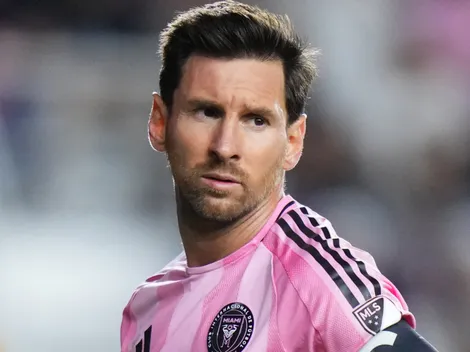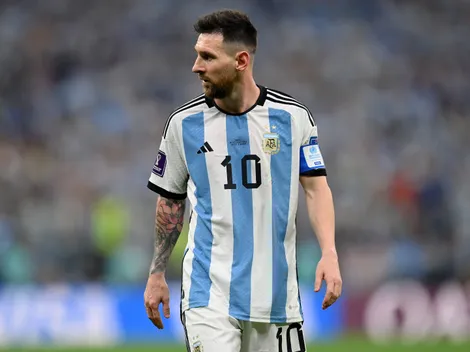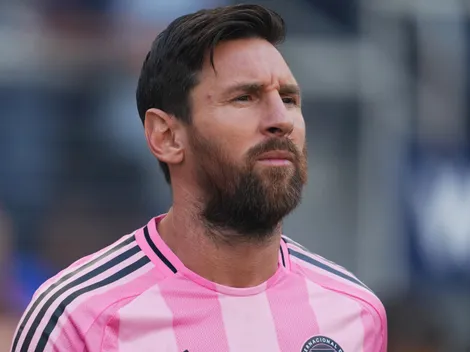Lionel Messi’s true sporting impact at Paris Saint-Germain is yet to be seen, but with 34 years of age and over 40 major trophies to his name, the Argentine is expected to make waves at the Parc des Princes both on and off the pitch.Messi will be reunited with Neymar Jr. in what seemed like a pipe dream a few weeks ago, but what is now a momentous attempt to win PSG’s first-ever UEFA Champions League and return to the top of Ligue 1.
More than just fulfilling the trophy demands, the Rosario native’s effect on the French team’s brand as a whole has even shocked PSG President Nasser Al-Khelaifi. The also-member of the UEFA Executive Committee stated during Messi’s presentation in August that the revenue from securing the services of the historicBarcelona idol has been more than expected for Les Parisiens.
And so it should be, at least for what they’re paying their newest player.Even though the operation to secure his services didn’t carry along a transfer fee, it did include a reported $30 million signing bonus and an annual salary of approximately $41 million per year, for the initial two years of a contract that has the option for a third.
When such high profile transfers take place, one of the first takes abound in social and traditional media is that the team will be able to recoup the money they spent to sign the player via jersey sales. In this case, PSG would be in the clear financially from Messi’s hefty salary and signing bonus since people buy thousands of “Messi 30” jerseys. Nothing could be further from the truth.
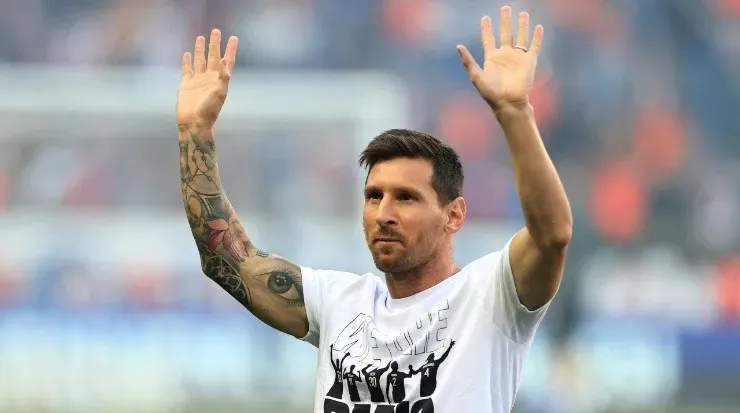
Lionel Messi waves at PSG fans during the Ligue 1 game against RC Strasbourg (Getty Images)
How jersey deals work
The misconception behind soccer teams earning back most of the money from jersey sales falls apart when explaining the nature behind said sponsorship deals. When a jersey manufacturer pays a team so they can become their sponsors, they are undergoing a licensing deal, as sports lawyer Jake Cohen explained to The Independent in 2018.
Basically, brands produce and distribute the products, while teams earn an annual fee to allow said brands to do so. In such deals, pertaining to jersey sales, teams usually only earn back around 7% of sales per shirt sold, with the rest of the profit going back to the manufacturer, according to Kieran Maguire, author of the Price of Football.
The relationship is mutually beneficial, since teams don’t have the infrastructure and network to distribute massive amounts of merchandise themselves, and brands take advantage of the tremendous exposure that comes along with sponsoring the world’s most popular clubs.
An example is Adidas’ deal with Manchester United. The German sports brand paid approximately $1.3 billion in 2014 to sponsor the Red Devils for the next ten years, starting in the 2015/16 season, which would signify an annual income of an estimated $100 million for the team.
Labeled as a “record-breaking deal” by English media at the time, Adidas CEO Herbert Hainer stated that the company would make total sales of over $2 billion during the time period, as reported by CNN Money; a win-win situation.
Not all jersey sponsorship deals are the same, though. Liverpool, who wear Nike, accepted a lower yearly payment of around $40 million in 2021 in exchange for around 20% of sales per shirt sold, per Football Insider. Most of these figures are not official since clubs and manufacturers don’t make said information publicly available.
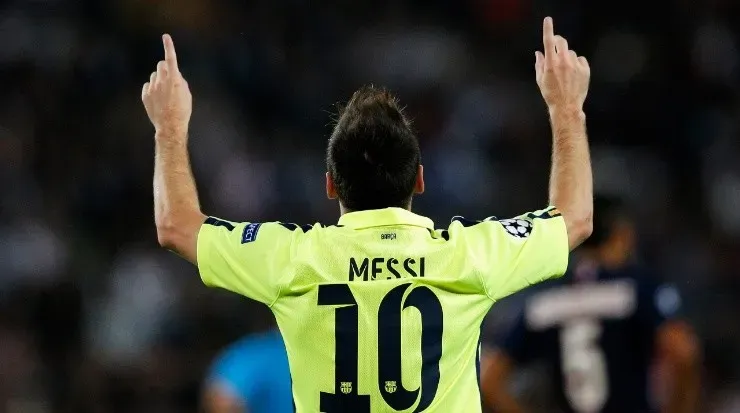
Lionel Messi celebrates a goal against PSG in 2014. Seven years later, things have changed (Getty Images).
PSG’s jersey deal
Now, let’s take a look at PSG’s deal with Nike. Signed in 2019 and running until 2032, the French giants are set to earn an estimated $95 million annually from the monster agreement, via ESPN FC. The American sports brand pays PSG such high amounts of money not only so they can be present next to the club’s crest, but to earn back their initial investment, and then some more.
So, back to the original –yet misleading premise–of PSG making back the money they are spending on Messi by selling thousands of jerseys with his name and number on the back. Taking Maguire’s estimate of 7% per jersey going back to the club per shirt sold, we can pull out the calculator to see how many “Messi 30”s would need to be sold in order to support just the first year of La Pulga’s $41 million annual contract.
A normal Nike replica jersey with Messi’s name and number on the back runs you $135, while the match jersey –the one players wear during games– is $195. Assuming most people would rather spend less money for barely noticeable differences between both versions, PSG would only make around $9.50 from one jersey sold.
In order for Les Parisiens to earn one year’s worth of Messi’s salary from shirt sales, and considering some might fork over the extra $60 for the match jersey, the French side would need to sell at least 4 million “Messi 30”s to match the first year of salary… in one year alone.
To put that into perspective, market and consumer data website Statista reported that during the 2018/19 season, the team that sold the most jerseys worldwide was Manchester United with 3,250,000, followed closely by Real Madrid with 3,120,000 and Bayern Munich with 2,575,000.
PSG would need to significantly trump United’s reported jersey sales in order to break even. And that’s assuming that every single jersey sold in the following year would be with Messi’s name and number on the back. With superstars like Kylian Mbappé, Neymar Jr. and Ángel Di María also on the books, said concept seems highly unlikely, also considering there are fans who already planned on buying PSG jerseys, or had already bought jerseys but are now only getting the new #30 printed on them.
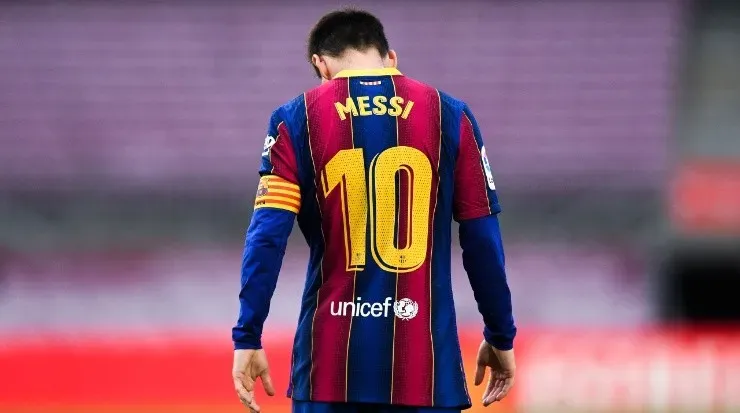
Lionel Messi scored in hist last game for Barcelona, but the Blaugrana lost against Celta de Vigo in May, 2021 (Getty Images).
Messi’s impact
The aforementioned statistics and estimated income from Messi’s jersey sales isnot intended to paint a gloomy financial picture of one of the most spectacular transfers in recent times. After all, Messi’s departure is estimated to cost Barcelona around $162 million in brand value during 2021, according to consulting firm Brand Finance.
The direct impact the skillful South American can have on a team’s brand comes from three main aspects, according to the same source: commercial revenue, matchday, and merchandising.
If Messi can translate some of his on-field performances from Spain to France, commercial and financial success will follow. Maguire recently stated in an interview with British newspaper “i” that commercial partners will provide the greatest income related to the Argentine’s arrival in Paris, followed by ticket sales, and then by success on the pitch.
For a player that registered 38 goals and 14 assists in 47 games for an underperforming Barcelona side last season, the last point shouldn’t be a problem.
Jersey sales do help a team cover a transfer, but not nearly as much as most would believe. When 150,000 “Messi 30” jerseys went on sale on PSG’s website the day his signing was announced, they were gone within seven minutes, according to CNBC. There was also a false jersey claim that PSG sold over 830,000 Messi jerseys within the first day of signing him, but that was quickly debunked by news agency AFP.
The interest, however, is still there. If you log onto PSG’s website to order one for yourself today, you will only be disappointed as they are mostly sold out, except for women’s and kids sizes. ‘Messimania’ in Paris and the rest of the world has only just begun, but the ride should be a thrilling one, on and off the pitch.



